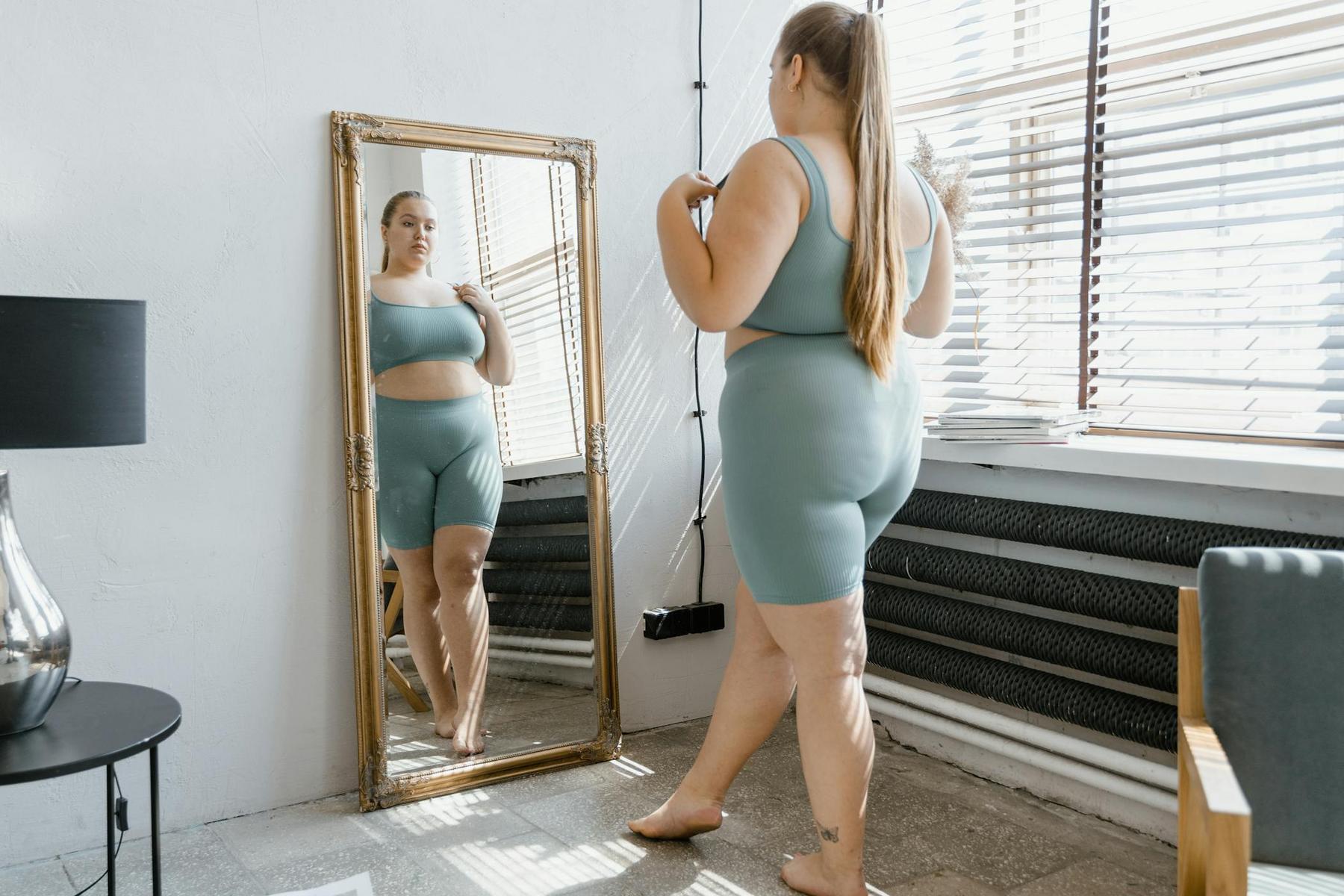Have you ever strained your back lifting a heavy suitcase or felt winded after climbing a flight of stairs? Despite regular gym sessions, many Australians find themselves struggling with everyday physical tasks. This disconnect highlights a critical gap in traditional fitness approaches that functional training addresses directly. By mimicking real-world movements rather than isolating muscles, functional fitness bridges the gap between exercise and everyday activities, making daily life more manageable and enjoyable.
What Is Functional Fitness and Why Does It Matter?
Functional fitness represents a paradigm shift in physical training, prioritising movement competencies that directly transfer to daily activities over isolated muscle development. Unlike conventional workouts focused on aesthetic goals or single-muscle exercises, functional training simulates movements you perform regularly—lifting groceries, climbing stairs, reaching overhead, or playing with children.
The concept has deep evolutionary roots. Our musculoskeletal system evolved through survival-driven movements like hunting, gathering, and tool-making that required integrated muscle recruitment across multiple planes of motion. Modern functional fitness revives these primal movement patterns through exercises that mimic ancestral activities.
What makes functional fitness particularly valuable is its emphasis on whole-body integration. Biomechanical analysis reveals that compound functional movements engage 42% more muscle fibres simultaneously compared to machine-based isolation exercises. This comprehensive approach yields several key benefits:
- Improved movement efficiency for everyday tasks
- Enhanced balance and coordination
- Greater joint stability and injury prevention
- Increased metabolic demand leading to more efficient calorie burning
- Better posture and body awareness
These advantages extend beyond the gym, creating a foundation for independence and quality of life, particularly as we age.
How Do Functional Exercises Translate to Real-Life Benefits?
The core principle of functional fitness is specificity—training movements, not muscles. This approach creates direct carryover to activities of daily living (ADLs).
Consider the simple act of lifting shopping bags from the floor and placing them on a counter. This seemingly basic movement requires:
- Hip hinging (to bend safely)
- Core stability (to protect your spine)
- Grip strength (to hold the bags)
- Rotational control (to turn towards the counter)
- Shoulder mobility (to place items overhead)
A functional training program addresses each component through exercises like kettlebell deadlifts, farmer’s carries, and rotational medicine ball throws—all movements that directly simulate real-world actions.
Research published in the Frontiers in Physiology journal demonstrates that participants in a 12-week functional training study showed 19% greater improvements in composite movement scores compared to traditional resistance programs. These improvements translate directly to enhanced performance in daily activities.
The benefits become particularly evident in specific scenarios:
- Home maintenance tasks: Functional training improves your ability to reach overhead when changing light bulbs or getting items from high shelves
- Recreational activities: Better balance, coordination and movement control enhance performance in sports and leisure pursuits
- Travel comfort: Improved strength and mobility make lifting luggage and navigating airports less taxing
- Injury prevention: Enhanced movement quality reduces the risk of common injuries during everyday activities
Which Functional Movement Patterns Should You Master?
Effective functional fitness programs address five essential physiological domains: multiplanar strength, proprioceptive awareness, movement economy, cardiorespiratory integration, and task-specific power. These domains are developed through mastery of fundamental movement patterns.
The Seven Functional Primitives
| Movement Pattern | Real-Life Application | Example Exercises |
|---|---|---|
| Hinge | Picking up objects safely | Deadlift variations, kettlebell swings |
| Squat | Sitting and standing | Bodyweight squats, chair sit-to-stands |
| Push | Moving objects away from body | Push-ups, medicine ball throws |
| Pull | Bringing objects toward body | Rows, pull-ups, band pulls |
| Carry | Holding and transporting loads | Farmer’s walks, suitcase carries |
| Rotate | Turning and twisting movements | Medicine ball rotational throws, wood chops |
| Gait | Walking and running efficiently | Walking lunges, skipping, single-leg balance |
Each pattern forms a building block for more complex movements encountered in daily life. By strengthening these foundations, you develop what movement specialists call “movement literacy”—the ability to adapt to various physical challenges efficiently and safely.
A comprehensive functional training program incorporates exercises across all seven patterns, often combining them into fluid sequences that reflect real-world movement demands. This integrated approach trains the body as a connected system rather than as isolated parts.
How Can Different Population Groups Benefit from Functional Training?
Functional fitness offers tailored benefits across diverse populations, with modifications available to address specific needs and limitations.
Older Adults
For seniors, functional fitness serves as both preventive medicine and a rehabilitation tool. The Lifestyle-integrated Functional Exercise (LiFE) program reduced fall risk by 31% in older adults through daily activity modifications like heel-toe walking during household tasks.
Key interventions for this demographic include:
- Sit-to-Stand Progressions: Beginning with chair-assisted squats and advancing to weighted stands using household items
- Reactive Balance Training: Exercises using unstable surfaces to improve protective responses
- Gait Pattern Reinforcement: Walking drills combined with cognitive tasks (counting backwards)
These functional approaches help maintain independence and quality of life. A 6-month functional training intervention reduced abdominal obesity by 5.1% in postmenopausal women while maintaining lean mass—critical for preventing age-related muscle loss (sarcopenia).
Weight Management Support
Functional training creates a 27% greater metabolic boost compared to steady-state cardio through post-exercise oxygen consumption, making it valuable for weight management goals. For individuals with higher body weight, modified programs emphasise:
- Low-Impact Power Development: Box step-ups with controlled eccentric loading
- Core Stabilisation Sequencing: Progressive exercises from floor to standing positions
- Task-Based Conditioning: Carrying exercises with gradual load increases
In clinical studies, participants combining functional exercise with dietary intervention lost 3.2 times more visceral fat than diet-only controls—highlighting the complementary relationship between functional movement and weight management.
Office Workers and Sedentary Professionals
Those with desk-based occupations face unique movement challenges. Functional fitness can counteract the postural imbalances and movement limitations that arise from prolonged sitting:
- Thoracic mobility exercises to counteract forward head posture
- Hip opening movements to address tight hip flexors from sitting
- Shoulder stabilising exercises to improve upper back strength
These targeted approaches help mitigate the negative effects of occupational postures while building resilience against common workplace injuries.
What Does an Effective Functional Fitness Program Look Like?
Creating an effective functional fitness regimen requires thoughtful programming that balances several key factors:
Progressive Complexity
Functional training follows a natural progression from foundational stability to dynamic movement:
- Master basic forms: Begin with controlled, bodyweight versions of movement patterns
- Add resistance: Gradually incorporate external loads (dumbbells, kettlebells, resistance bands)
- Increase complexity: Combine movements into sequences that mimic daily activities
- Introduce variability: Add unstable surfaces or unexpected challenges to improve adaptability
This progression builds both movement competency and confidence, allowing for safe advancement.
Integrated Programming
Unlike traditional split routines that isolate body parts, functional training typically follows integrated formats:
- Circuit training: Moving through stations that target different movement patterns
- Flow sequences: Linking exercises in continuous movement chains
- Task-based challenges: Completing functional activities like carrying loads over distances
These approaches not only build strength and mobility but also improve cardiovascular endurance and movement efficiency simultaneously.
Assessment-Based Customisation
Effective functional programs begin with movement assessment to identify limitations and imbalances. Tools like the Functional Movement Screen (FMS) help identify mobility restrictions, stability issues, or movement compensations that need addressing.
For example, someone with limited ankle mobility might modify squatting patterns until that restriction is addressed. This individualised approach ensures the training matches your specific movement profile and needs.
Environmental Considerations
Functional fitness can be adapted to various environments:
- Home-based: Using household items (stairs, chairs, filled water bottles)
- Outdoor: Leveraging natural features (hills, logs, uneven terrain)
- Gym-based: Utilising versatile equipment (kettlebells, suspension trainers, medicine balls)
This flexibility makes functional training accessible regardless of setting or equipment availability.
Embracing Movement for Life
Functional fitness represents a return to purposeful movement—training that enhances your capacity to navigate the physical world with confidence and ease. By focusing on movement patterns rather than isolated muscles, this approach creates direct carryover to the activities that matter in everyday life.
The evidence is compelling: functional training yields substantial improvements in daily task performance, reduces injury risk, supports weight management goals, and maintains independence as we age. These benefits extend far beyond aesthetic improvements, touching every aspect of physical existence.
Whether you’re an older adult looking to maintain independence, an office worker counteracting sedentary patterns, or someone seeking efficient exercise with real-world benefits, functional fitness offers a thoughtful, science-backed approach to movement that enhances quality of life.
How often should I incorporate functional fitness exercises into my routine?
For optimal results, aim to include functional exercises 2-3 times weekly, allowing recovery between sessions. Begin with 20-30 minute sessions focusing on quality of movement rather than intensity or duration. As movement proficiency improves, you can increase frequency to 3-4 sessions weekly, integrating more complex movement patterns and greater resistance.
Can functional fitness help with weight management?
Yes, functional training creates a significantly higher metabolic response compared to traditional steady-state cardio. Research shows functional exercises generate a 27% greater post-exercise oxygen consumption, leading to continued calorie burning after workout completion. Additionally, by engaging multiple muscle groups simultaneously, functional movements create greater energy expenditure during exercise. When combined with appropriate nutrition, functional fitness forms an effective component of comprehensive weight management.
Is functional fitness suitable for older adults?
Functional fitness is particularly beneficial for older adults as it directly improves the movements essential for maintaining independence. Studies show structured functional exercise programs reduce fall risk by up to 31% in seniors. Exercises can be modified to accommodate mobility limitations by using chairs for support, reducing ranges of motion, or implementing assisted versions of movements. As confidence and capability increase, exercises can be progressively advanced.
How does functional fitness compare to traditional gym workouts?
Traditional gym workouts often isolate specific muscles using fixed machines or single-plane movements, while functional fitness integrates multiple muscle groups across various planes of motion. Research demonstrates compound functional movements engage 42% more muscle fibres simultaneously compared to machine-based exercises. While traditional training may effectively build muscle mass and strength in specific body parts, functional fitness creates greater transfer to real-world activities and daily movement requirements.
What equipment do I need to start a functional fitness program?
Functional fitness requires minimal equipment to begin. Basic bodyweight exercises form the foundation of any program and require no equipment whatsoever. As you progress, versatile tools like resistance bands, a single kettlebell, or a medicine ball can expand exercise options significantly. More comprehensive setups might include suspension trainers, stability balls, or adjustable dumbbells. However, many functional exercises can be adapted using household items like water bottles, backpacks filled with books, or sturdy chairs.



